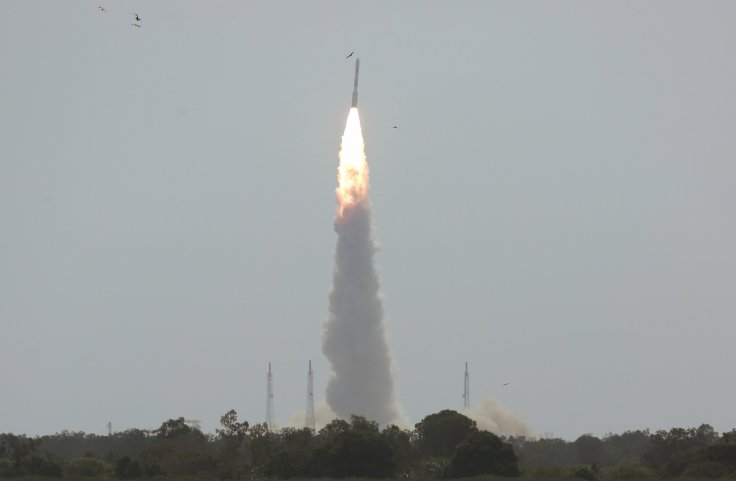
Indian Space Research Organization (ISRO) has postponed the launch of eighth earth observation Cartosat-2F satellite to January 12. The Indian space agency had earlier planned to launch the earth observation satellite on January 10 as a major comeback of Polar Satellite Launch Vehicle (PSLV).
The launch has been planned from the ISRO spaceport at Sriharikota in Andhra Pradesh.
Cartosat, the indigenously built Indian observation satellite would have high-quality imaging cameras for cartographic, urban and rural applications. It will be used for coastal land use, and regulation and utility management, including monitoring of road networks. The Cartosat satellites also perform strategic civil and military roles which have been categorized as their key functions.
The agency had also planned to launch 30 other satellites along with the Cartosat to their orbits using their workhorse launcher. The payload would also include one nano and one micro-satellite from India besides the major satellites.
ISRO Public Relations Director Devi Prasad Karnik told IANS, "The rocket launch to carry Cartosat and other satellites, including 28 from the US and five other countries, will take place on January 12 at 9.30 am. There is no delay in the schedule as the earlier stated launch date of January 10 was merely tentative."
The launch mission has been scheduled to take place after four months since a similar PSLV rocket failed to deliver the country's eighth regional navigation satellite in earth's lower orbit on August 31.
The Indian Space Research Organisation (ISRO) has been deeply investigating the rocket failure, which occurred after 39 consecutive successful launches since October 1994 until June 2017. ISRO officials said that the August 31 mission suffered a setback when the 320-tonne workhorse launcher PSLV C39 failed to separate its heat shield to deliver the satellite from its cone-shaped top-end.
Officials stated that they have lined up six rocket launchers for the first half of 2018. This includes two PSLVs for deploying GSAT-6A and GSAT-29 advanced communication satellites in the geosynchronous orbit which is 36,000 km above the earth.
ISRO also plans to launch its Chandrayaan 2 mission during the first half of 2018. The indigenous mission has been build with a lunar orbiter, lander, and a rover. The mission has been aimed to study remote sensing on the moon. The payloads would collect information on lunar topography, mineralogy, elemental abundance, lunar exosphere and signatures of hydroxyl and water ice.
(With inputs from IANS)









